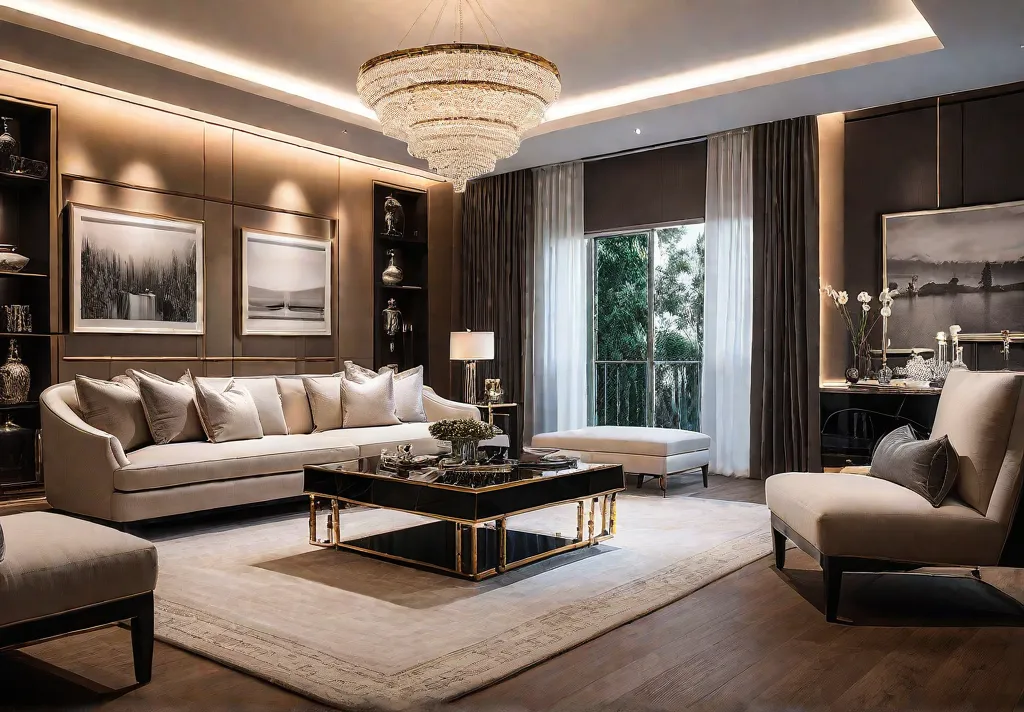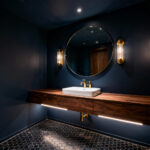Designing your dream living room is an exciting prospect, but it can also be daunting, especially if you’re a first-time homeowner or renovator. The right living room designer can transform your space into a stunning, functional oasis, but hiring one can be tricky.
Imagine this: You’ve saved up, done your research, and are finally ready to bring your vision to life. You find a designer you think might be the perfect fit, only to end up with a living room that falls short of your expectations. Sound familiar? Unfortunately, this scenario is too common for homeowners who don’t know what to look for when hiring a designer.
This article will explore the top nine mistakes to avoid when hiring a living room designer. By understanding these common pitfalls, you can confidently approach the process, ensuring a successful collaboration and a living room that truly reflects your personal style and needs.
Mistake 1: Not Checking Credentials and Portfolio
When hiring a living room designer, verifying their qualifications and reviewing their past work is crucial. Look for designers with certifications from respected industry organizations or degrees in interior design. A diverse portfolio showcasing various styles will also give you a better sense of their capabilities.
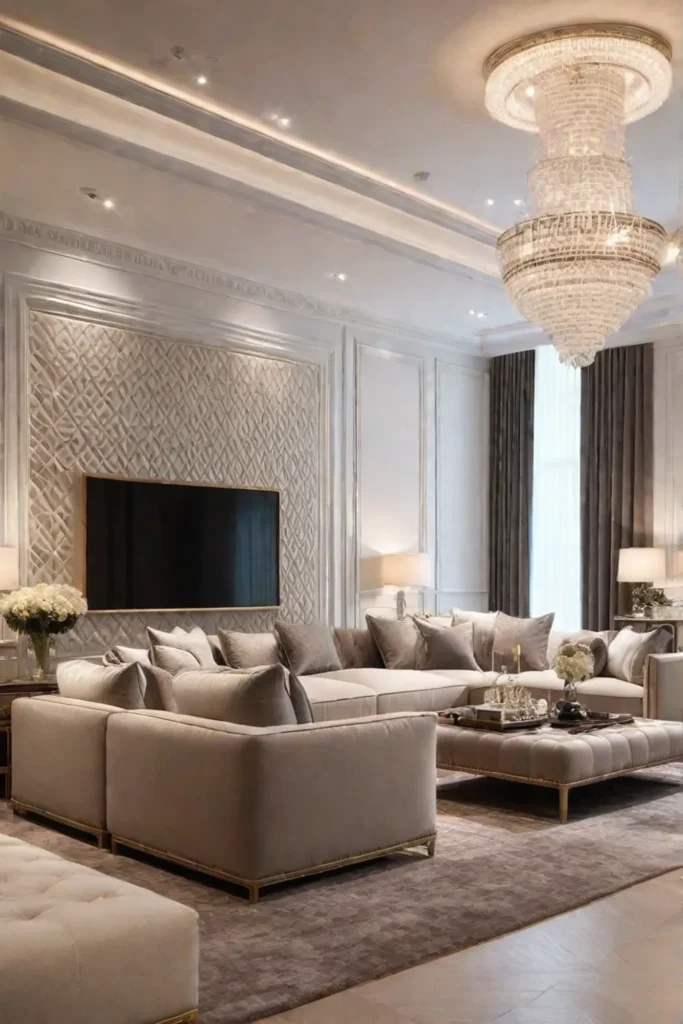
Don’t be afraid to ask previous clients for testimonials. Hearing firsthand accounts of the designer’s work ethic and communication style can provide valuable insights and help you make an informed decision.
Mistake 2: Lack of Clear Budget and Communication
One of the biggest mistakes homeowners make is not setting a clear budget or maintaining open lines of communication with their designer. Transparency about your financial constraints is essential, allowing the designer to tailor their services accordingly.
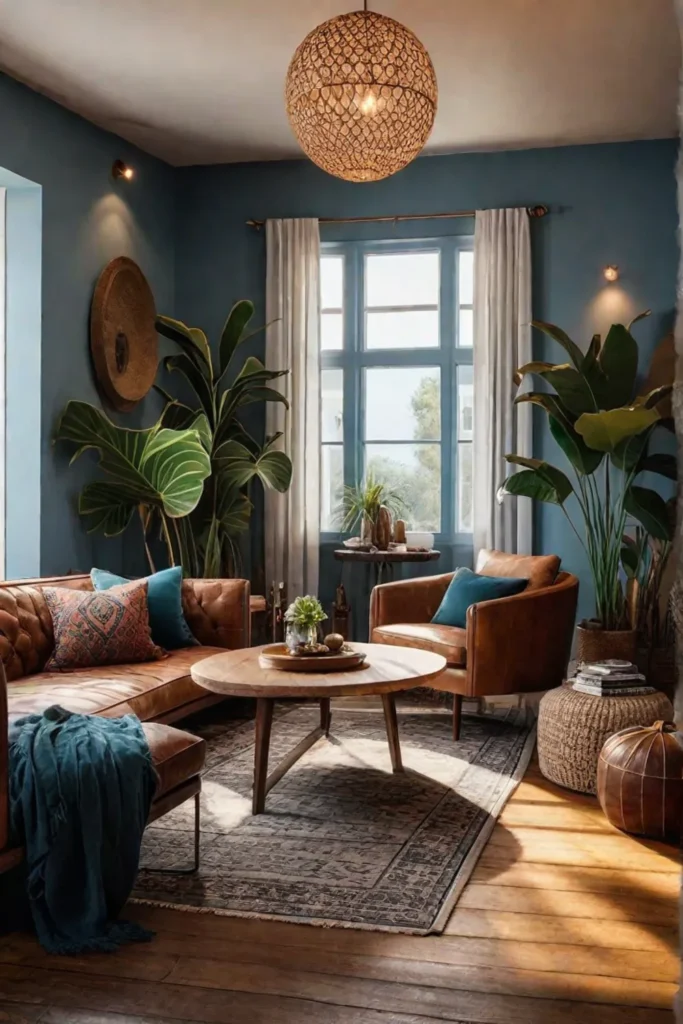
Additionally, be sure to communicate your preferences and non-negotiables effectively. Use specific details and visual examples, and provide context to ensure your designer fully understands your vision. Don’t hesitate to ask questions if anything remains unclear.
Mistake 3: Not Having a Defined Style or Vision
Starting a living room design project without a clear direction can lead to confusion and disappointment. Take the time to gather inspiration from sources like Pinterest, design magazines, and home decor blogs. Creating a mood board can also help you communicate your vision to your designer, ensuring you’re both on the same page.
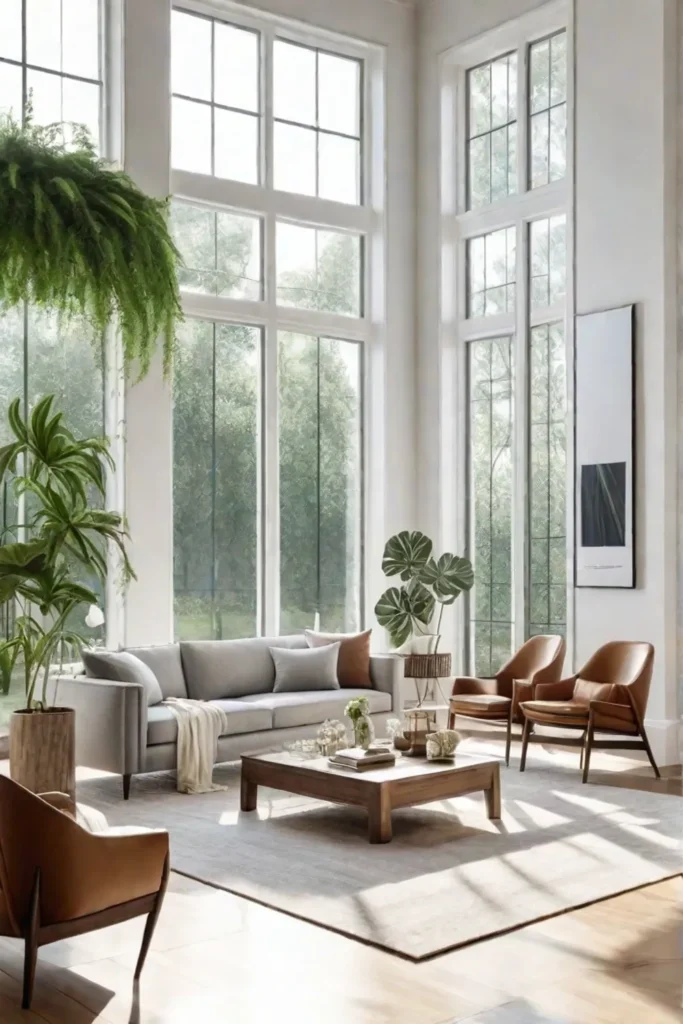
Mistake 4: Overlooking the Contract Details
Before signing on the dotted line, carefully review the contract to understand the timeline, deliverables, and associated costs. Pay close attention to the cancellation policy and revision process, as these can impact your project if circumstances change.
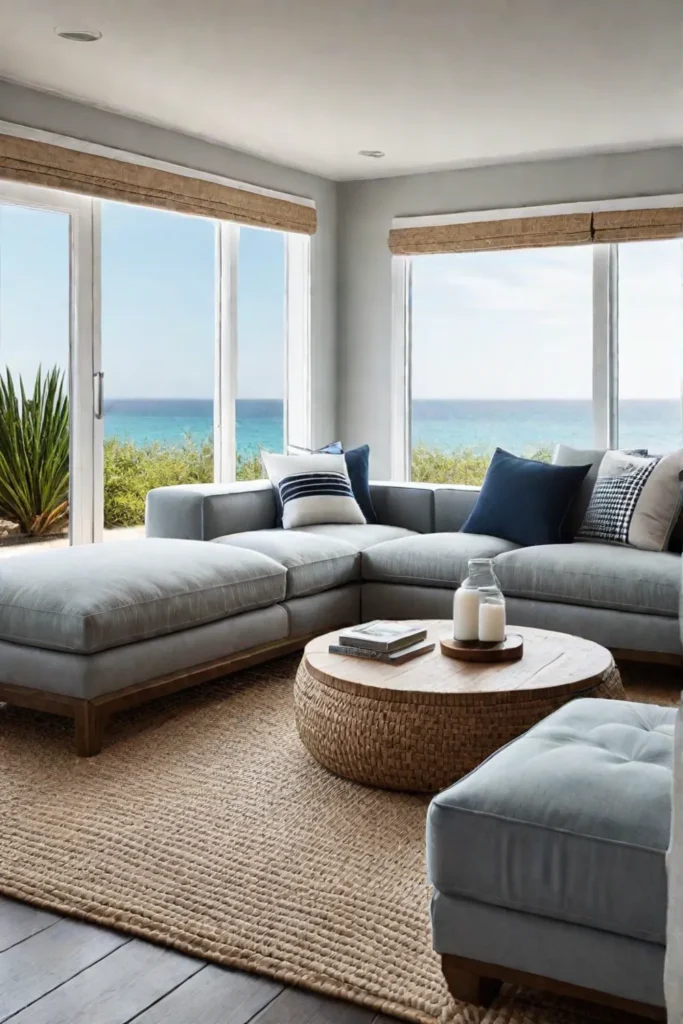
Mistake 5: Underestimating the time frame
Designing a living room takes time, and it’s important to have realistic expectations about the project timeline. Small updates may only take a few weeks, while larger renovations can take several months. Allowing for potential delays and communicating regularly with your designer can help manage your expectations and avoid frustration.
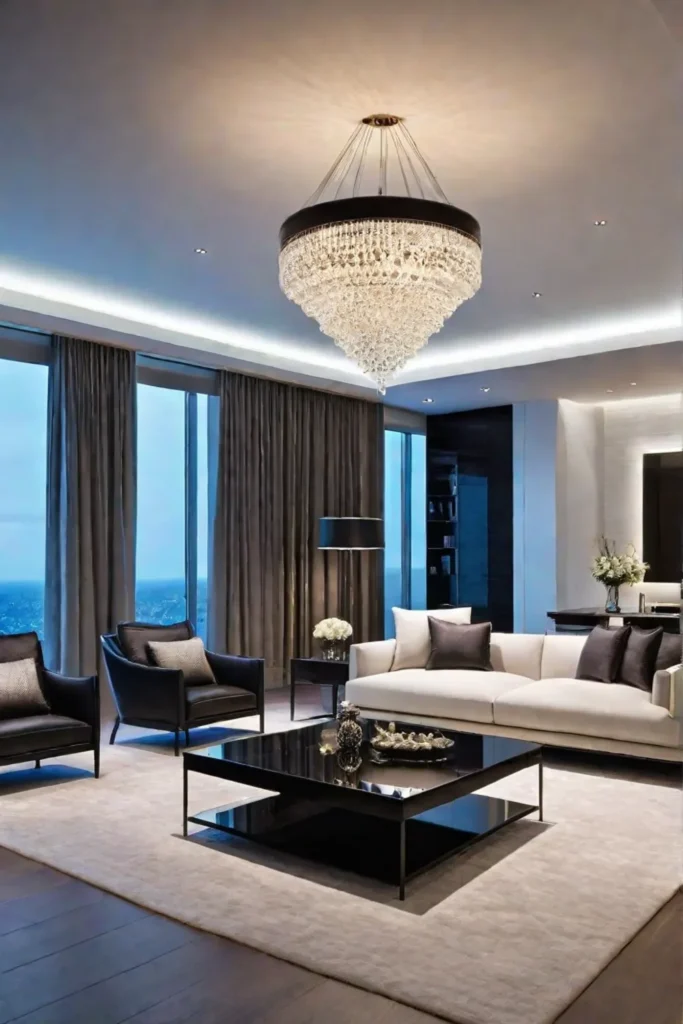
Mistake 6: Ignoring Functional Needs for Aesthetic
While creating a visually stunning living room is essential, it’s equally important to consider the practical needs of the space. Think about storage, seating arrangements, and lighting, and work with your designer to find solutions that balance form and function.

Mistake 7: Failing to Consider the Future
When designing your living room, it’s crucial to consider the long term. Opt for timeless designs that can withstand changing trends and adapt to your evolving needs, whether accommodating a growing family or simply your personal style preferences.
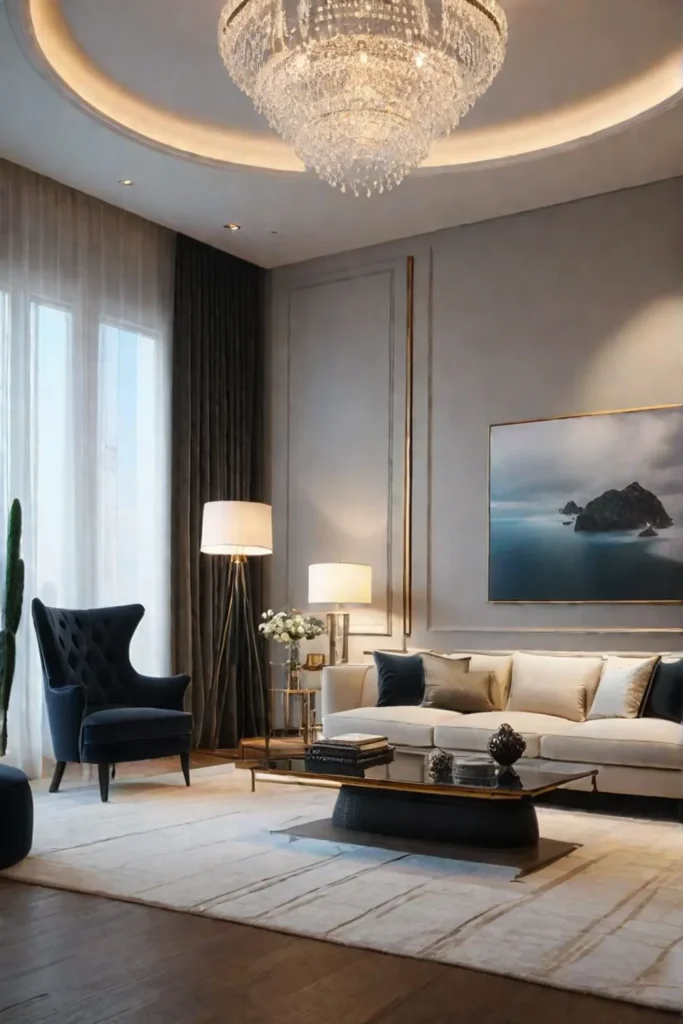
Mistake 8: Not Trusting Your Designer
Micromanaging the design process can lead to delays, reduced quality, and increased stress for you and your designer. Instead, build a productive working relationship by communicating, providing feedback constructively, and trusting your designer’s expertise.
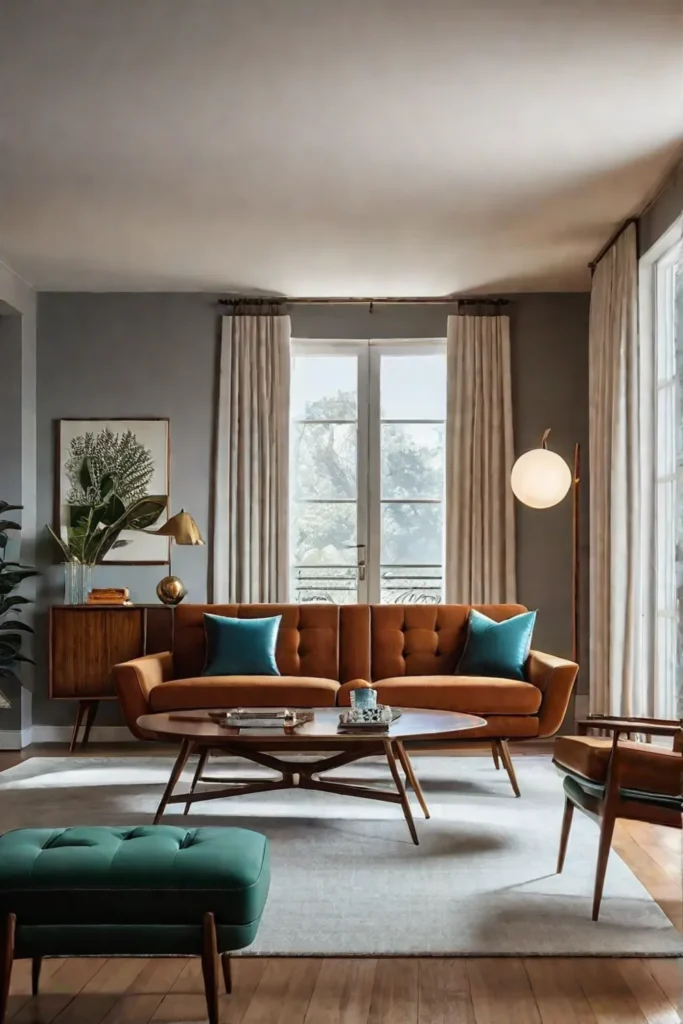
Mistake 9: Forgetting to Plan for Lighting and Accessories
Lighting and accessories are the finishing touches that can make or break a living room design. To create the perfect atmosphere, consider a variety of lighting sources, from natural light to task and ambient lighting. Carefully select accessories that complement the overall aesthetic and contribute to the space’s functionality.
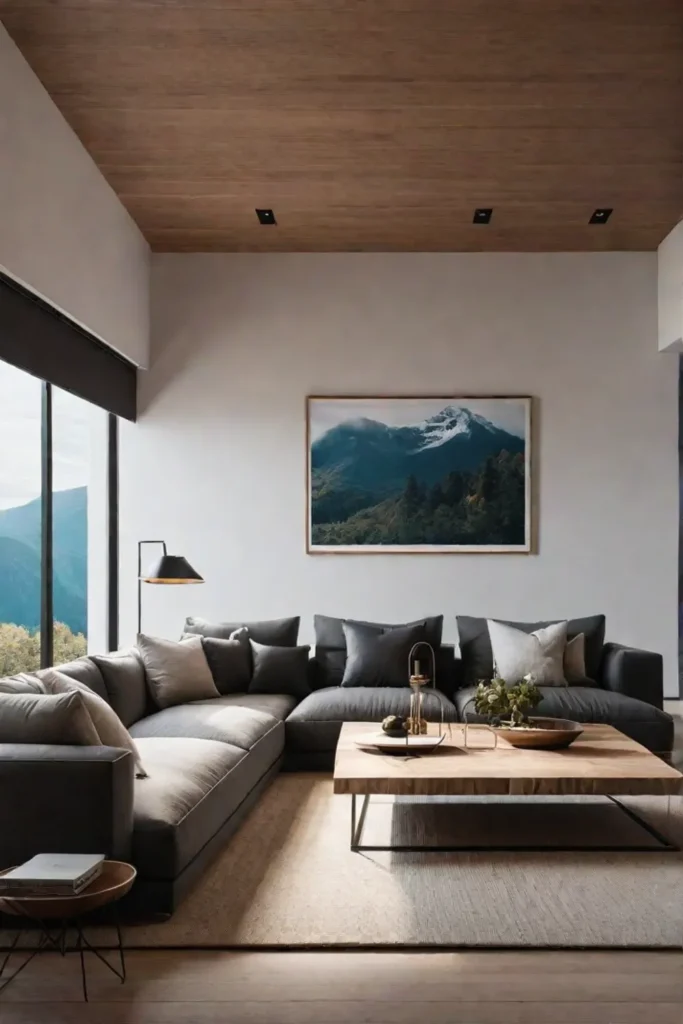
Conclusion
Hiring a living room designer can be a transformative experience, but it’s essential to approach the process with care and awareness. By avoiding these nine common mistakes, you can ensure a successful collaboration and a living room that reflects your style and meets your functional needs.
Remember, preparation, research, and clear communication are key to a great design project. Take the time to define your vision, establish a realistic budget, and trust your designer’s expertise. With these strategies in mind, you’re well on your way to creating a living room you’ll love for years.
So, what are you waiting for? Start your living room design journey today, and avoid these pitfalls to achieve the space of your dreams!
